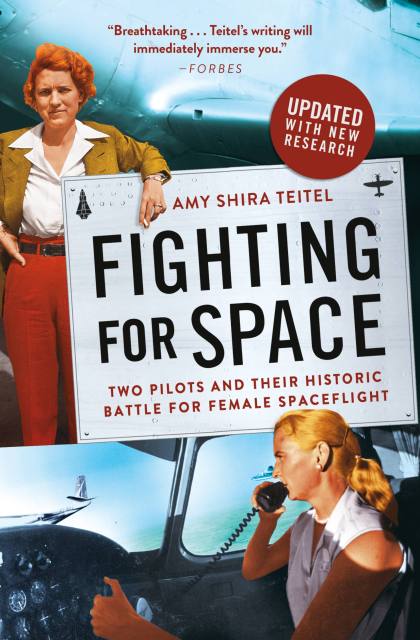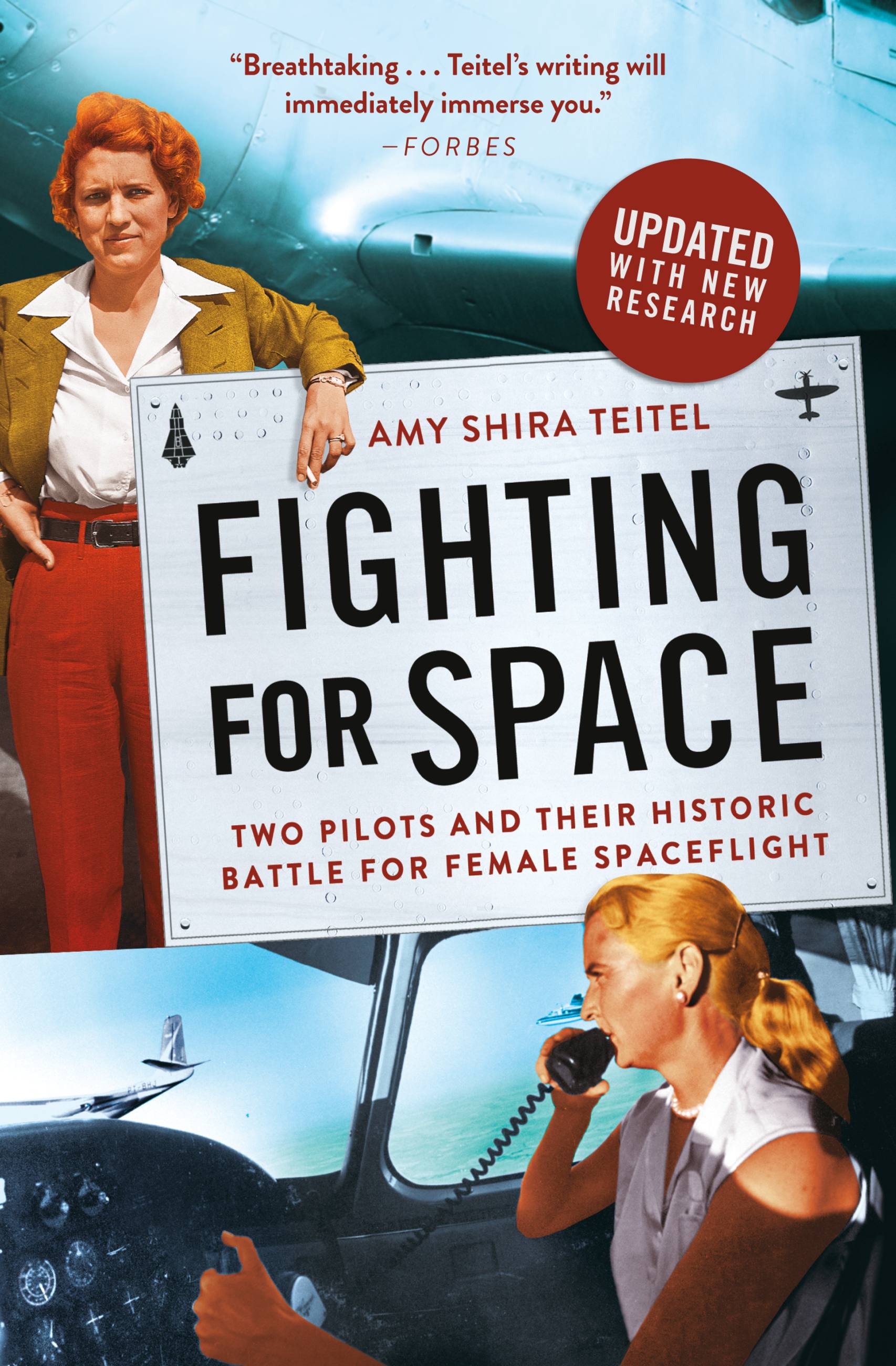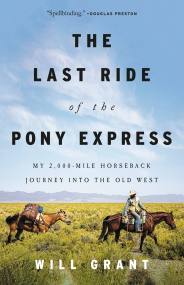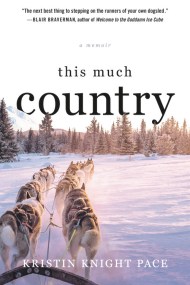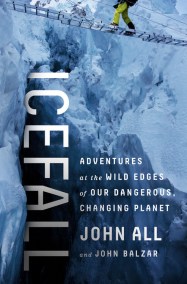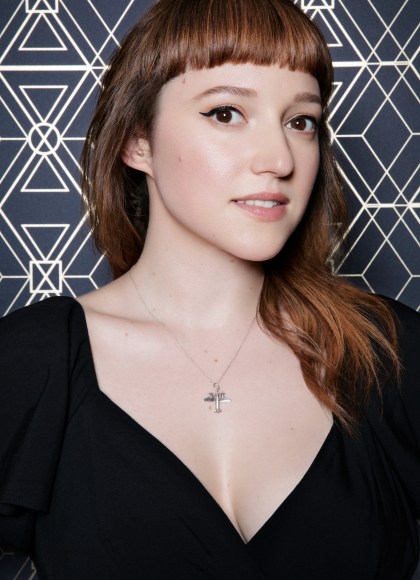Promotion
Use code MOM24 for 20% off site wide + free shipping over $45
Fighting for Space
Two Pilots and Their Historic Battle for Female Spaceflight
Contributors
Formats and Prices
Price
$12.99Price
$16.99 CADFormat
Format:
- ebook $12.99 $16.99 CAD
- Audiobook Download (Unabridged)
- Trade Paperback $17.99 $22.99 CAD
This item is a preorder. Your payment method will be charged immediately, and the product is expected to ship on or around February 18, 2020. This date is subject to change due to shipping delays beyond our control.
Also available from:
When the space age dawned in the late 1950s, Jackie Cochran held more propeller and jet flying records than any pilot of the twentieth century—man or woman. She had led the Women's Auxiliary Service Pilots during the Second World War, was the first woman to break the sound barrier, ran her own luxury cosmetics company, and counted multiple presidents among her personal friends. She was more qualified than any woman in the world to make the leap from atmosphere to orbit. Yet it was Jerrie Cobb, twenty-five years Jackie's junior and a record-holding pilot in her own right, who finagled her way into taking the same medical tests as the Mercury astronauts. The prospect of flying in space quickly became her obsession.
While the American and international media spun the shocking story of a "woman astronaut" program, Jackie and Jerrie struggled to gain control of the narrative, each hoping to turn the rumored program into their own ideal reality—an issue that ultimately went all the way to Congress.
This dual biography of audacious trailblazers Jackie Cochran and Jerrie Cobb presents these fascinating and fearless women in all their glory and grit, using their stories as guides through the shifting social, political, and technical landscape of the time.
Genre:
-
"In this smart, fun, compelling, and deeply researched book, Teitel tells the tale of Jackie Cochran and Jerrie Cobb, who scrapped with each other and, more important, with a blinkered, male-dominated space agency, for their chance to be among the first humans to leave the planet. It's a story of ambition, talent, gender equality, and of a media frenzy that seems more twenty-first century than 1950s. Teitel's prose is as infectious as the space-history videos that have made her a YouTube sensation, and she has picked a story that must have been a delight to write. It's certainly a delight to read."Jeff Kluger, author of Apollo8 and coauthor of Apollo 13 with Jim Lovell
-
"History is often not as simple as it seems. In the case of Jackie Cochran and Jerrie Cobb, this book offers a revealing insight on two characters we thought we knew but didn't. From different generations and with profoundly different but equally dogged motivations, these two pilots crossed paths and fought battles in the new world of women pushing for a place in the air, and perhaps even in space. Amy Shira Teitel digs beneath the stories to reveal motivations that are not always as straightforward and admirable as other accounts suggest. A wealth of original research reminds us that people are complex, and sometimes it is those complexities that allow them to get as far as they do in the pursuit of enormous goals-or hold them back."Francis French, author of In the Shadow of the Moon
-
"Spaceflight historian Teitel took a deep dive into a host of public records to craft this dual biography of Cochran and Cobb, creating a firm portrait of two driven and determined individuals."Booklist
-
"Cleverly intertwines the stories of two women pilots...Teitel allows us to feel personally engaged with two fascinating characters who each made pretty quirky decisions...A remarkable story."Medium
- On Sale
- Feb 18, 2020
- Page Count
- 448 pages
- Publisher
- Grand Central Publishing
- ISBN-13
- 9781538716038
Newsletter Signup
By clicking ‘Sign Up,’ I acknowledge that I have read and agree to Hachette Book Group’s Privacy Policy and Terms of Use
